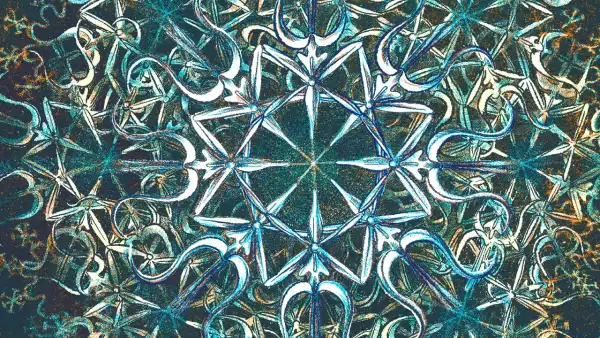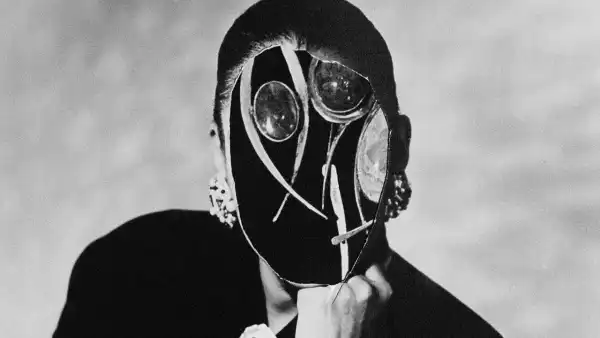
The cover for the magazine’s Innovators Issue, “Smart Design,” is by the Dutch artist Joost Swarte. Swarte, a frequent contributor to The New Yorker, is something of a polymath, whose work spans graphic design, cartooning, and architecture. We recently sat down the with the artist to discuss his art, as well as the broader theme of innovation, which he defines as “solving puzzles using unexpected means.”
Your work for the Innovators Issue also includes a batch of spot drawings. How do you approach that sort of small-scale work?
Drawing spots is trying to catch a meaning in a simple image, telling a whole story in a pictogram. The task is to make simple images but load them with meaning. It’s close to poetry!

Early on, you studied industrial design. How does that work inform your drawing?
I love to show how things work, how a window can be opened, how a table is constructed. A lot of that comes through while drawing. I’m always analyzing objects, observing human behavior, and reconstructing what I find as I work on the page.
The New Yorker Store
Covers, cartoons, and more.
What are the differences in designing a chair and a magazine cover?
A chair is a complex thing. It should give comfort; preferably, it should be easy to produce and also be an attractive object. But that’s not so different from what I try to do in magazine work. I feel a responsibility to the readers. I try to express myself clearly even when the message is complex.
There’s a painstaking precision to your work, in terms of how you’re rendering space. Is that rooted in your architectural background?
Drawing comes first for me; architecture is really something I got to do later. But you’re right that there are similarities: in both lies the fun of analyzing a problem and resolving it in an elegant manner.

You coined the term “ligne claire,” which describes both your style and the one found, most famously, in Hergé’s Tintin comics. What are the hallmarks of that style?
The ligne claire, or “clear line,” is a drawing language, in which forms are represented by drawing the outlines in an evenly thick line. The reader understands this language and transforms the outlines into three-dimensional forms. It started with Hergé, in the fifties, but has since been inherited by quite a few Dutch, French, and Belgian artists.
For more of Swarte’s cover stories, read:
• “The Mouse of Wall Street”
• “Summer Adventures”
• “Love Stories”
Sourse: newyorker.com






